
Twenty Second October 2008 will indeed be a historic and a remarkable day. At 6.22 am on this memorable day, the talented and dedicated Indian space scientists led by G.Madhavan Nair, Chairman ISRO and M.Annadurai, Project Director of the Moon Mission had every reason to feel elated and satisfied. At this auspicious time, Chandrayaan I, the indigenously fabricated spacecraft was successfully launched at Sriharikota from the 44 meter tall,316 tonne Polar Satellite Launch Vehicle.
Though it is devoid of an astronaut, it has enabled India to join the select group of six countries to attempt an orbiter mission to Moon. In doing so, India has reestablished its credentials as a scientific super power. One hopes and prays that our maiden mission to ‘Chandamama’ achieves its goals and is in a position to throw more light on the partially known physical aspects of the earth’s nearest neigbour in space, apart from exploring the possibility of finding water, a compound necessary to establish a permanent colony.
Afterall, it has eleven instruments or the payloads on board, including two from NASA, three from the European Space Agency and one from Bulgaria. In this way, the Indian Space Scientists have added a fresh sparkling feather to their distinguished cap worn on April 19,1975, when Aryabhatta, the country’s first satellite was launched from Balkanur in Kazakhstan.
A lot of water has flown down the rivers of the world ever since the Apollo IX spacecraft of the USA facilitated the first man Neil A. Armstrong to land on the surface of the Moon on July 19, 1969. Within a few minutes, he was joined by Michael Colins. Their fellow astronaut, Edward Eldrin had to be satisfied with remaining in control of the Mother ship. Though he could not set his foot on Moon, he may have been equally proud of his achievements.
As a ten year old boy in Ranchi, I followed the mystical developments relating to the Apollo IX rather closely. Thanks to Papa, valuable inputs made available through the AIR, BBC, London and the Indian Nation would be explained to me in full details. I would not forget to religiously narrate the same to my friends in the neighbour hood and classmates in the St.John’s School. On the D day, we were expectedly excited. Close to the midnight, all of us in the family were glued to our large Bush Radio, listening very carefully to each and every word uttered in the golden voice of Amin Sayani, the famous ‘Binaca’ broadcaster.
Apart from giving a flawless and lively commentary about the movements of the Apollo IX, Sayani managed to relay the recorded voice of Neil A. Armstrong. It was simply unbelievable to hear a voice so clearly from a distance of more than 3 lakh 86 thousand kilometers. We would watch Moon Uncle almost every night. But observing HIM that very night was something special. Very innocently if not foolishly, we gazed and gazed in the hope to see if any of the US astronauts would be visible through our naked eyes.
I was extremely delighted to hear the news that a postage stamp was being issued by the Union Government to commemorate the historic moment. Amma gave me the required Paise to buy the stamp from the GPO. Seeing my hero Armstrong in print was simply amazing. He was shown walking slowly carrying his Oxygen Cylinder and essential research apparatus on the back. Behind him the Mother Earth was visible in her pristine glory. It was a scene similar to the Moon as observed on a Full Moon day from the earth.
Soon I was bestowed with the opportunity to see a dedicated documentary film on the Apollo mission followed by a chance to have a close look at a moonstone brought by the historic mission. With a sense of pride, I would tell my relatives and known persons that from amongst all the schools of Ranchi only St.John’s was chosen for the rare display.
A couple of more missions to the Moon were undertaken by the USA, the USSR and some other countries. However, the urge to further explore the satellite began waning, presumably, due to lack of an atmosphere akin to the earth. Only time will tell whether the Indian Mission taken up at an estimated cost of $ 80 million will actually take off from where the American-European mission left behind in the mid 1990’s.
By the time the Chandryaan I moves closer to the Moon on November 8,2008,renewed interest is likely to be generated in researching several unknown facets of the Lunar surface. Such an initiative, so to say, is expected to be followed by the Chandrayaan II which is being designed to actually land on Moon. Simultaneously, Indian manned space missions have been proposed that will take an Indian ultimately to the Moon. That day is therefore not far when the Moon will become a transit station for undertaking voyages to the Mars and many other planets of the vast, yet, mystical Solar system.


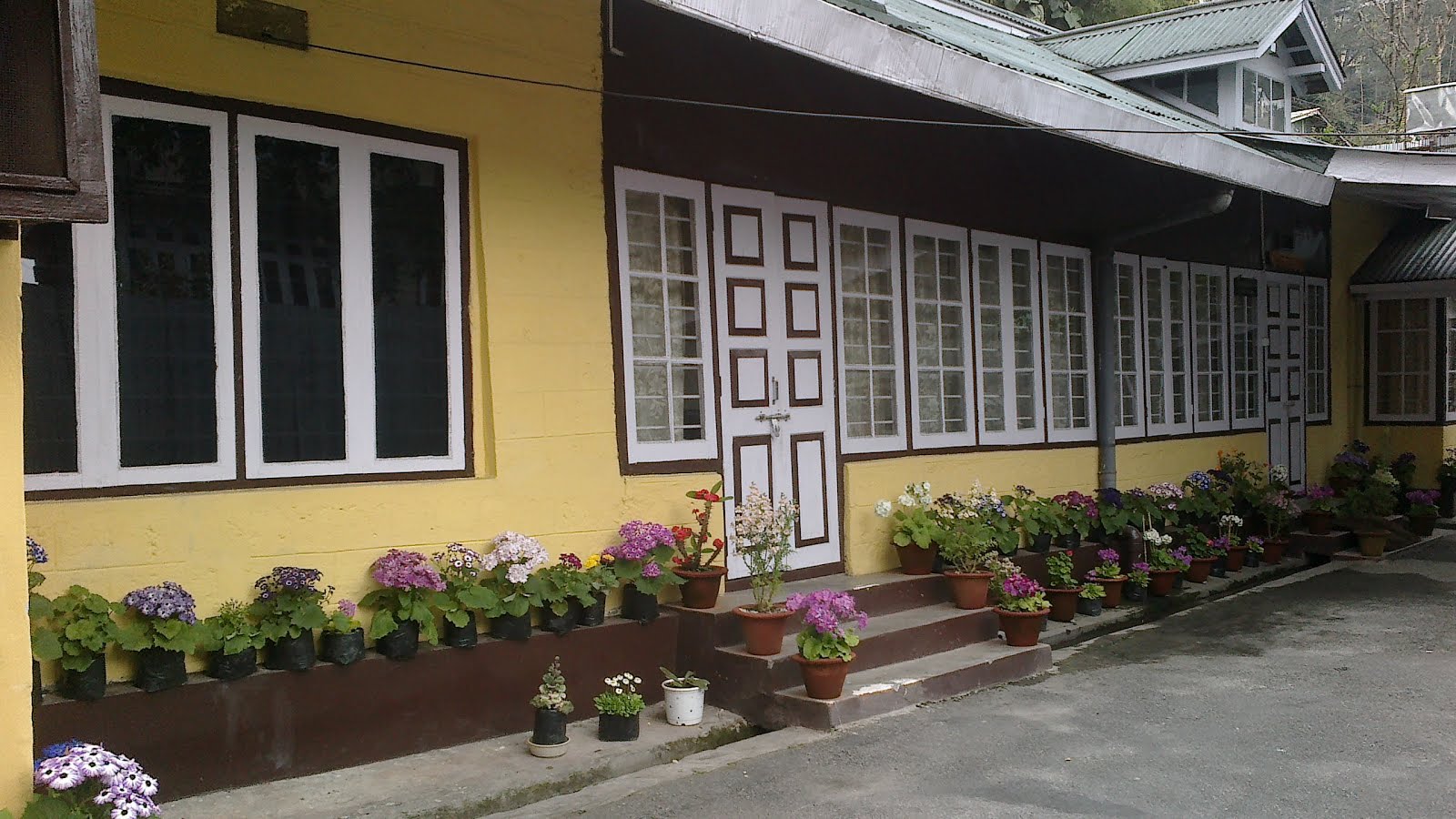
























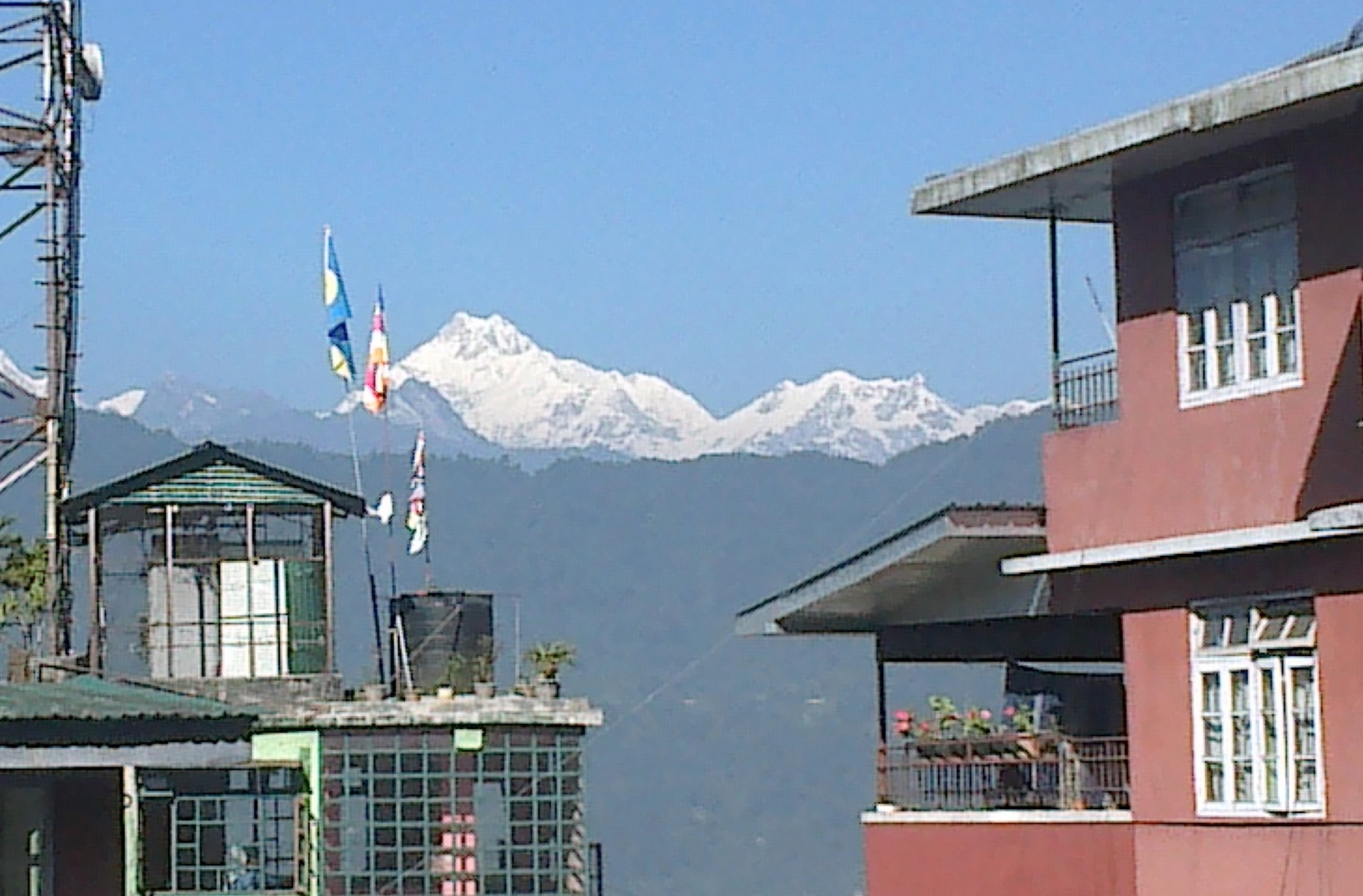


























































































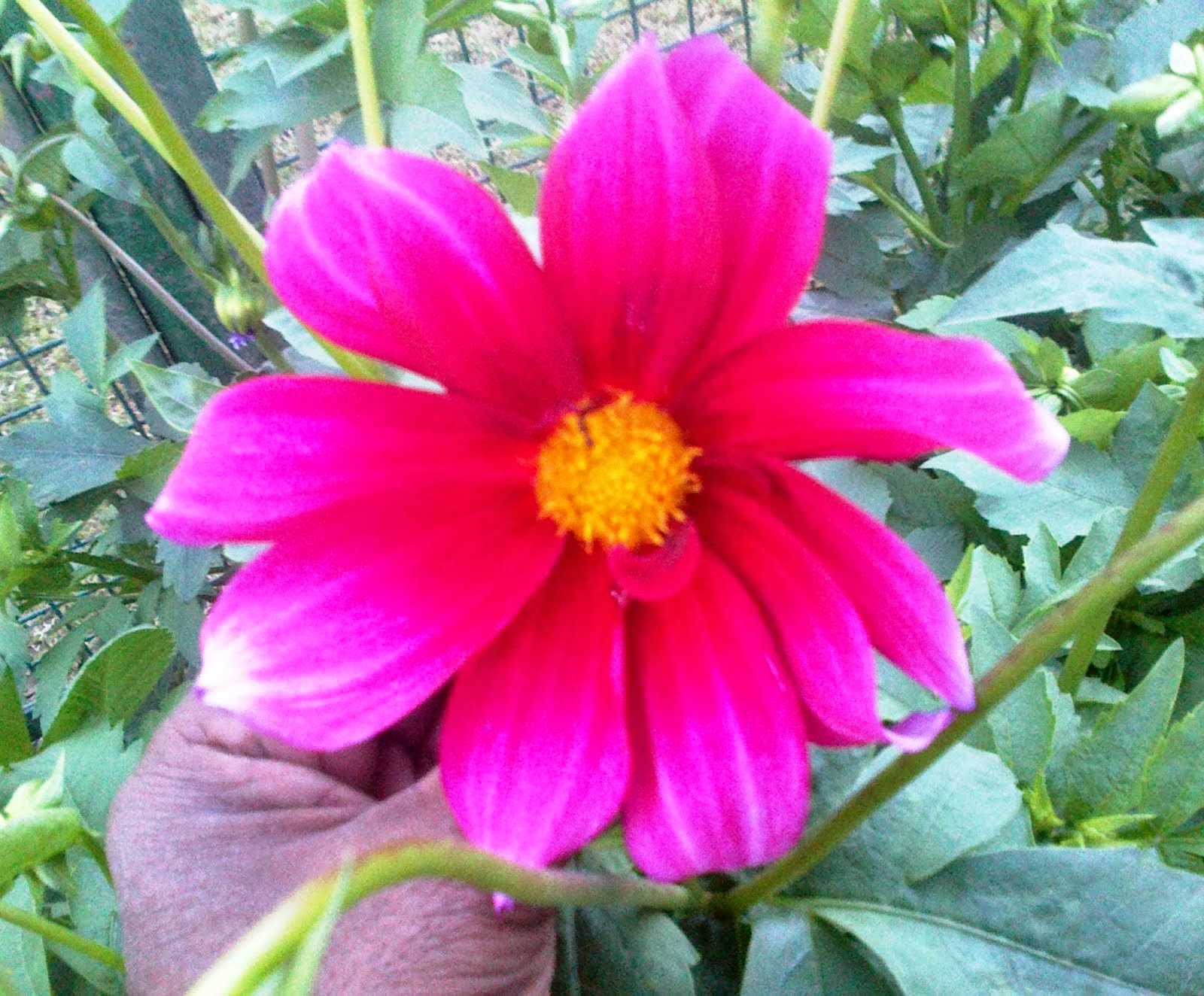



















































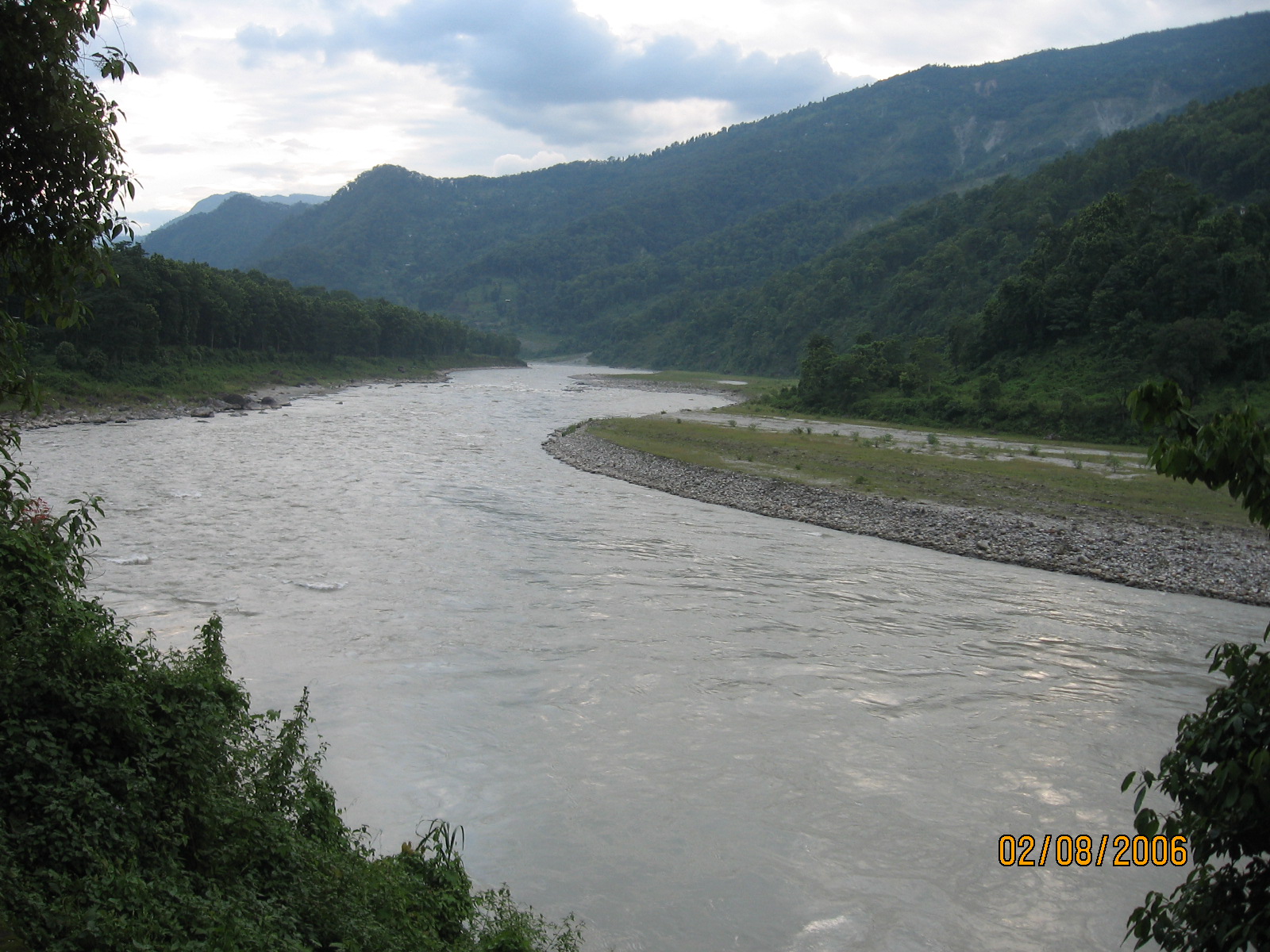

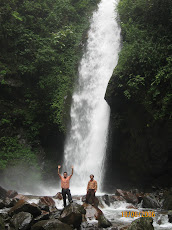
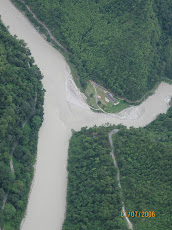
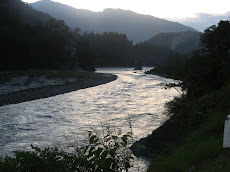
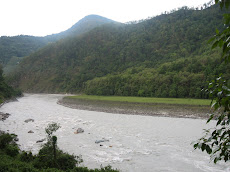
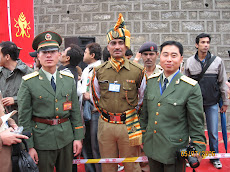
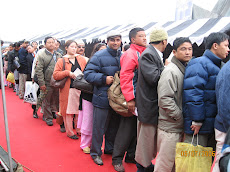
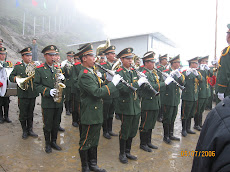


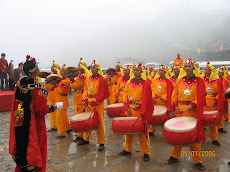
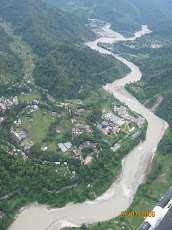




















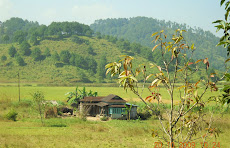
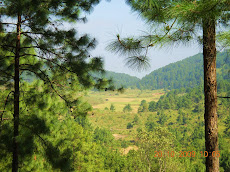








.jpg)








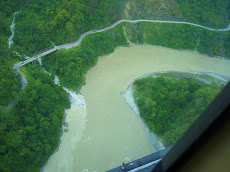








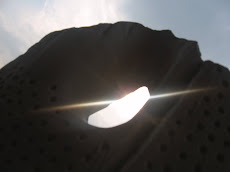
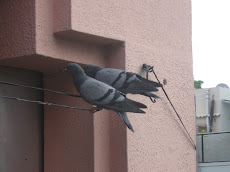
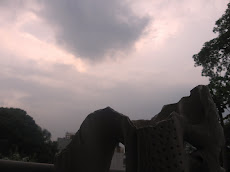
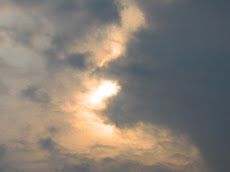
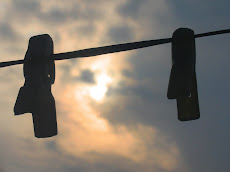
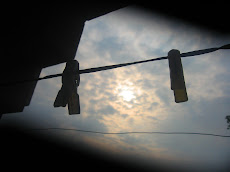

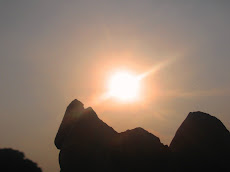
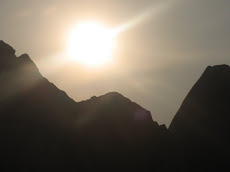





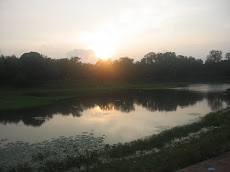



























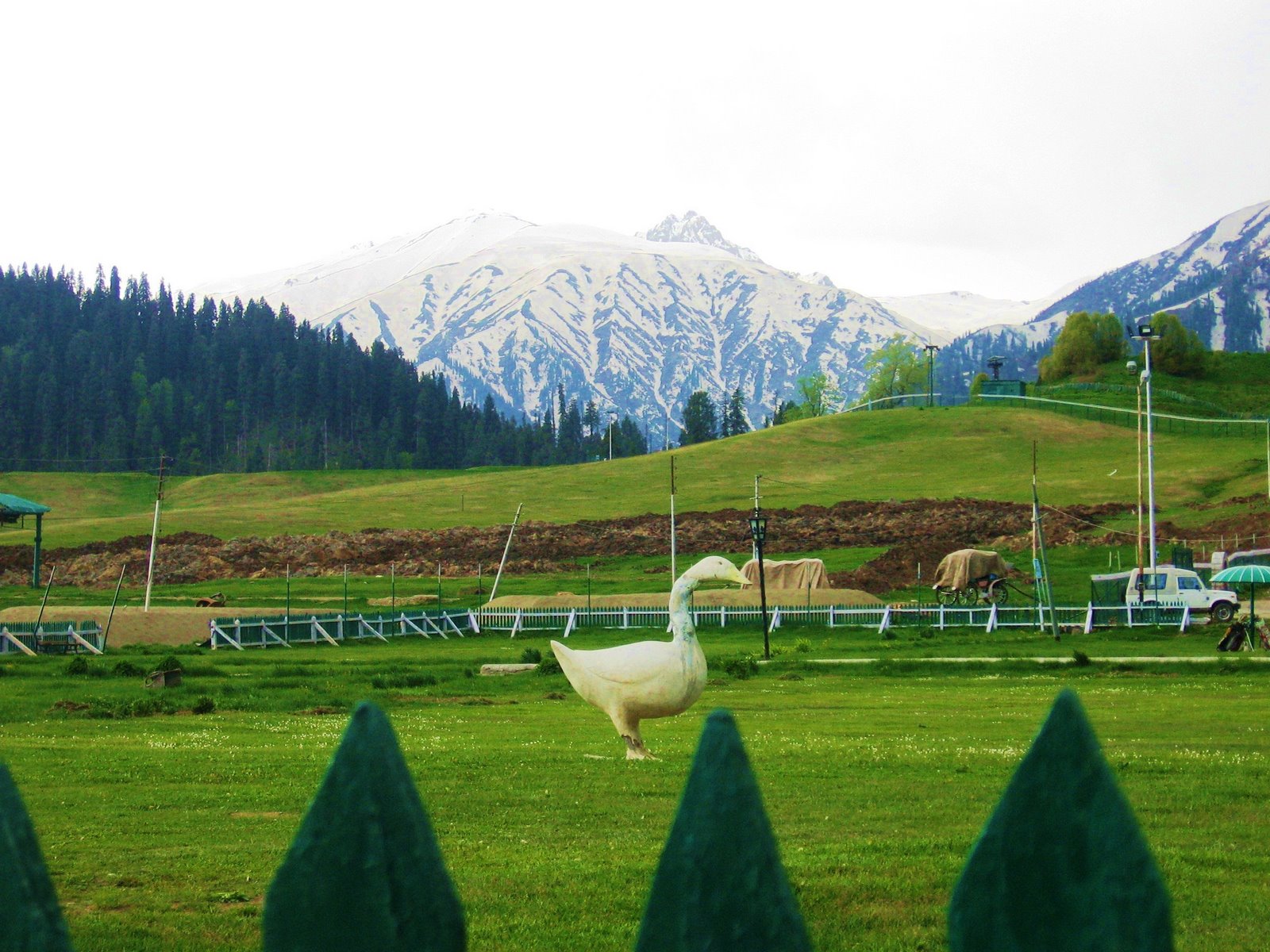
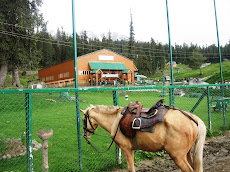
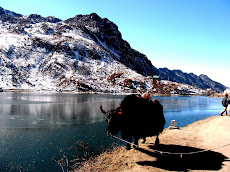








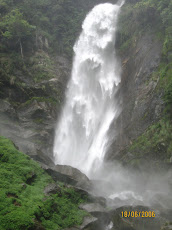



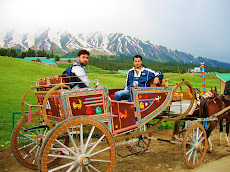






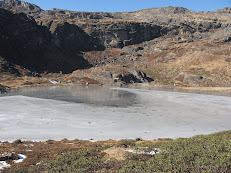

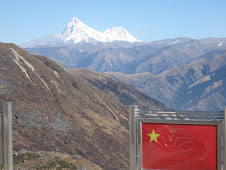



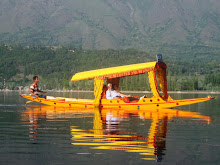
1 comment:
It has been very interesting to read stories from Ranchi here. Still remember all the moments shared with you all there during the summer vacations.
Hope to see more in this space.
What's the background with 'Ranch Bubbles'?
Nicky
Post a Comment